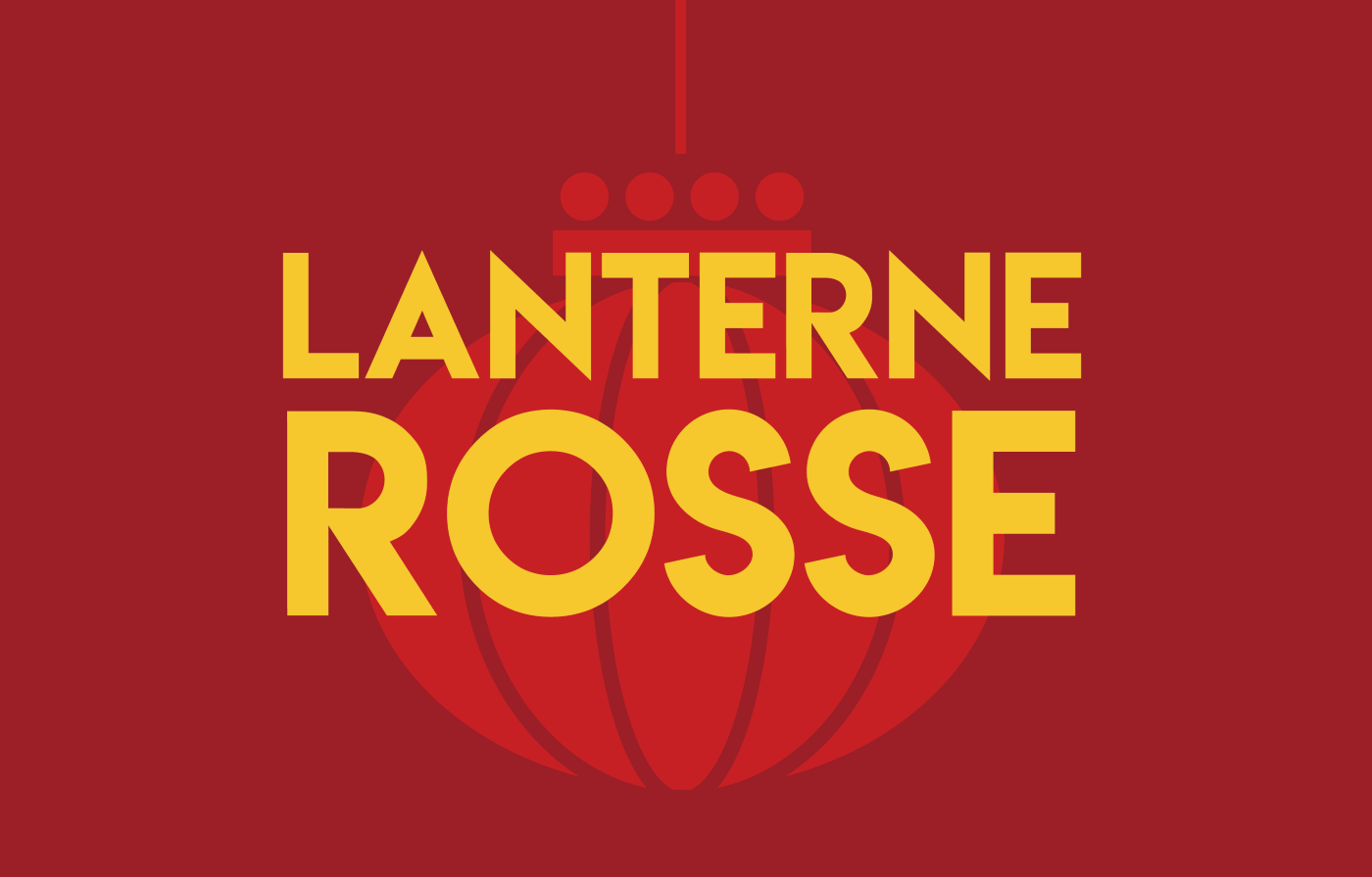The lastest New Year's Eve trends among young Chinese
While not renouncing tradition, Generation Z is making significant changes in the way they celebrate the holiday these days. From ‘reverse trips’ to invite their parents to the cities where they work to new digital consumption.
Milan (AsiaNews/Agencies) - Digital, social, personalised, trendy: these are the main characteristics of Chinese New Year 2.0. While not renouncing tradition, China's Generation Z is in fact making significant changes in the way they celebrate this important holiday, making it more in step with the times.
As revealed by a recent survey conducted by the popular Chinese social media Soul, the majority of young Chinese still appreciate the typical customs of the Spring Festival (Chunjie), such as setting off firecrackers, giving red envelopes (hongbao) containing money, and reconnecting with relatives and friends, but prefer to adapt them to their own needs, giving them a modern twist.
This is true to the extent that, recently, the hashtag ‘#this generation of young people has started to rethink the New Year atmosphere’ has gone viral on Weibo, the well-known Chinese microblogging platform.
So how have Gen-Z habits changed in the way they celebrate the Lunar New Year? As is well known, the Chinese are used to spending Chunjie with their families, and those who live far away take advantage of the holiday to return home to relatives.
In recent years, however, more and more young people are opting for the ‘reverse trip’ (fanxiang Chunyun), inviting their parents to celebrate New Year in the city where they work.
This new trend not only saves money and reduces the stress of travelling, but also gives parents the opportunity to get to know their children's environment.
Another recent innovation is ‘travelling with the family’ (jiating zutuan chuyou). In addition to ‘going north to enjoy the snow’ (beishang shang xue) or ‘going south to avoid the cold’ (nanxia bihan), there is growing interest in ‘intangible cultural heritage discovery tours’ (fei yi you).
Thus, experiences such as visiting lantern festivals and markets, watching performances of folk songs and dances, and wearing traditional clothes (hanfu) to take souvenir photos are becoming increasingly popular during the Spring Festival.
Perhaps these alternative ways of spending New Year's Eve will help to avoid or at least mitigate the intergenerational tensions that arise during family gatherings. Indeed, the latter have always been the favourite occasion for meddling in the lives of younger family members and pressuring them about school, careers and love life.
Another distinguishing feature of Chinese New Year 2.0 is the predominant use of social networks. More than a third of users surveyed by Soul said they spend more time socialising online than in person during the holidays, a trend that is more prevalent in big cities.
Recently, the term ‘cyber relatives’ (a.k.a. qinren) has even been coined to refer to the friends of online communities and interest groups with whom young people interact in their daily lives and who are in fact members of an extended family.
Digital platforms are not only the preferred means of communicating with loved ones who live far away, but have also become a tool for sending virtual greeting cards and the famous red envelopes, perhaps personalised with animations or private messages
Gen Z is also transforming the way of celebrating the Lunar New Year in terms of consumption, with a preference for live streaming purchases or on special websites. Data from Taobao, China's leading e-commerce platform, show that it is the 18-24 year olds who are driving consumption during the festive season. But even older people, once sceptical, are re-evaluating online shopping and the convenience of home delivery.
Moreover, unlike previous generations, who aimed for practicality and mere sustenance, Gen Z prefers aspects such as aesthetics, personalisation and emotional value in their New Year's Eve purchases.
It is enough to note that among the best-selling items on the online platform Freshippo during the festive season is a gift pack of aromatherapy products and a box containing scented stones in the shape of gold bars, which are considered auspicious.
At Sam's Club outlets in China, on the other hand, a gift box with a cute merry-go-round design has gone down a storm. Also popular among young people are anime, comic books and video games, items that are decidedly unrelated to New Year celebrations.
According to Shen Han, professor in the Department of Tourism at Fudan University, these new trends represent ‘an innovative way of representing traditional Chinese culture in modern society.
It preserves the tradition of preparing goods for the New Year, while bringing a younger mentality to the celebration'. As the lecturer notes, ‘young people have redefined traditional New Year purchases, favouring products with a higher emotional value to show their personality and values and to satisfy their desire for emotional connection. This is their concept of cultural consumption'.
Significant changes are also taking place in the choice of foodstuffs to be consumed during the celebrations. Whereas once upon a time, Chinese tables did not lack the so-called ‘old three’ (lao san yang) melon seeds, candies and peanuts, today instant noodles made of snails, turkey or konjac, and other influencer-sponsored snacks are very fashionable.
Even New Year's Eve ‘dinner’, the highlight of the celebrations, is opening up to new experiments. Here, steamed dumplings, a typical dish of the evening, take the shape of cartoon characters to entertain children.
Some replace traditional Chinese specialities with Western dishes, such as beef stewed in red wine and baked lobster, while others sit around the hot-pot. Many young people also choose to eat take-away food, conveniently ordering dishes from apps on their mobile phones.
RED LANTERNS IS THE ASIANEWS NEWSLETTER DEDICATED TO CHINA. WOULD YOU LIKE TO RECEIVE IT EVERY THURSDAY? TO SUBSCRIBE, CLICK HERE.







.png)










